
Bugatti was founded in 1909 in the then-German city of Molsheim (now French), by an Italian industrial designer Ettore Bugatti. Born in Milan, Italy, he was the son of Carlo Bugatti, an important Art Nouveau furniture and jewellery designer, so, art was in his blood. His cars were known for the artistic designs as well as the level of detail of their engineering. The first vehicle created by Ettore Bugatti in his basement was the Type 10, a two-seat open top roadster, powered entirely by a bespoke 1.1 litre monobloc straight four-cylinder engine. Although it lacked in the suspension department with leaf spring in the front and no suspension in the rear, the most impressive feature it offered, was the overhead cam with two valves per cylinder – something of a highly advanced accomplishment for the era.
Not long after, Bugatti’s first prototype had evolved and the next iteration of his roadster concept was dubbed the Type 13 and brought in new developments, such as leaf spring suspension on all four corners; but the most noticeable advancements with a new four-valve head designed by Bugatti – one of the first of its type ever imagined. This meant that the new and agile Type 13 featured 30hp to power the 300kg chassis. Bugatti and his newly founded factory made just five of those in 1910, and the Type 13 was even entered in the French GP at Le Mans in 1911 – finishing in a respectable second place, after seven arduous hours of racing.
The World War One meant Bugatti had to halt production in the disputed area. Ettore was able to bear two finished Type 13 vehicles along with him to Milan during the war, leaving behind the parts for three more buried near his factory in Molsheim. After the war ended, Ettore came back to the site, dug up the parts and began preparing five Type 13s for racing. The post-war era for Bugatti was astonishingly successful, with many racing victories for the Type 13, including the wild two wins at the 24 hours of Le Manx in 1937 and 1939; the latter piloted by a name that would become interchangeable with the car-maker and forever be embedded in Bugatti’s history, Pierre Veyron.
After gaining roaring success in motor racing, a vicious twist of fate was set to hit the Bugatti family and their growing auto-empire. On August 11, 1939, at the age of 30, Ettore’s son, Jean was killed in an accident while testing a Type 35 motor-sport prototype near the factory in Molsheim. Bugatti’s misfortune continued, as a result, the factory and headquarters were destroyed during the Second World War. And then, after significantly under delivering on the production of several new vehicles, including the Type 73C, Ettore Bugatti died on August 21, 1947. After a long decline, the original incarnation of Bugatti finally ceased operations in 1952.
After many failed attempts to resurrect the brand during the 1950s and 60s, an Italian entrepreneur, by the name Romano Artioli, procured Bugatti in 1987, and established Bugatti Automobili S.p.A. Artioli wanted to bring the Bugatti name back to Italian soil, and set out plans to build a new factory in Modena, Italy – a location housing brands such as Ferrari, Pagani and Lamborghini. Five years later, the vehicle that would once again put Bugatti on the world stage was announced – the EB 110. This new conquest of engineering was the idea of Paolo Stanzani and Marcello Gandini, famed designers of the Lamborghini Miura and Countach.
The EB 110 uses a carbon fibre-reinforced polymer chassis and was powered by a 3.5-litre, five-valve per cylinder, quad-turbocharged V12 engine coupled to a six-speed manual transmission and advanced four-wheel drive system. A year later, Bugatti debuted the Super Sport variant – a bit more powerful yet lighter model, due to a greater use of carbon fibre – shedding nearly 150kg. The Super Sport easily saw the headlines; the car had the power to hurl to 100kph in only 3.2s and had a top speed of 355kph. Only 139 of those were made before Bugatti perished in 1995.
In 1998, the Bugatti brand was then acquired by Volkswagen AG, forming Bugatti Automobiles S.A.S. They teased the public with a myriad of concept cars at numerous motor shows in the late 90s, the company fell silent as it discreetly and ardently developed it’s tour de force – the Veyron EB 16.4. It had a blueprint similar to the EB 110, the Veyron was powered by an 8.0-litre, quad-turbocharged, W16 cylinder engine which had the capacity to produce an astounding 1,184 hp and 1499 Nm of torque. It created history as the fastest road-going car ever built – capable of a galactic 431.072 kph. And as with each car of the Bugatti name before it, the Veyron spearheaded the automotive inventiveness. The production went on through various models and special editions until 2015, when it got antiquated by the Chiron.
Regardless of the sighted flamboyance and lavishness of the marque in the market today, it is conspicuous that Bugatti’s heritage imparts a crucial acumen into the spirit of its designers and engineers alike. Perhaps this perpetual strive for innovation will not only keep the Bugatti name breathing in the future, but it is what has kept it at the vanguard of automotive design for more than a century.





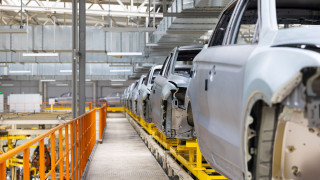
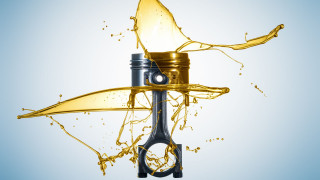

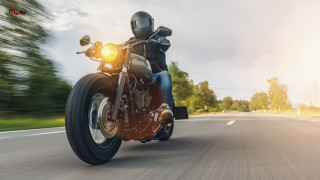
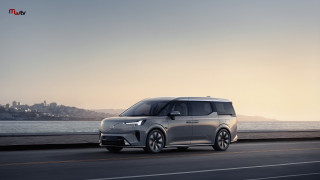
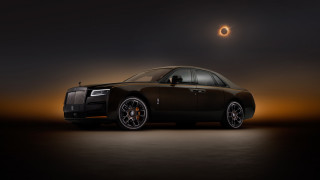
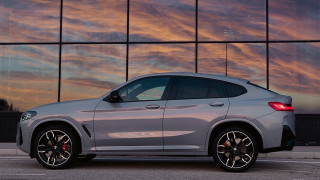
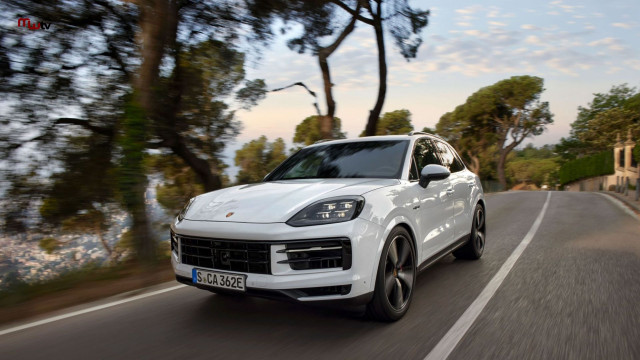
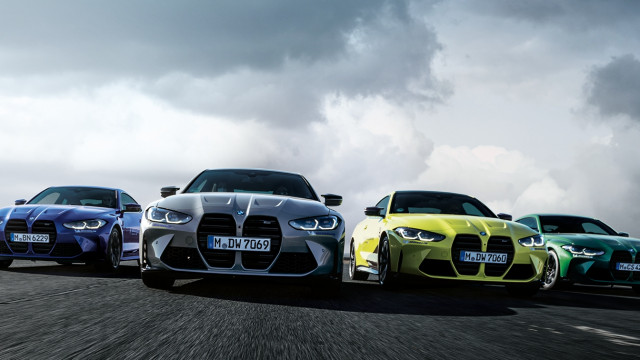
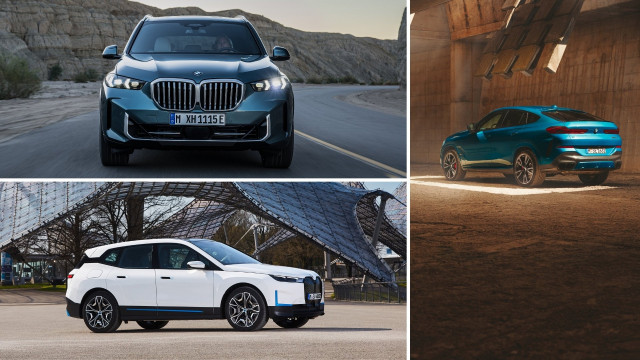
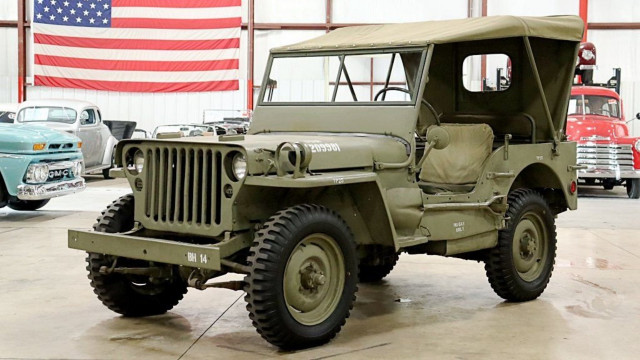

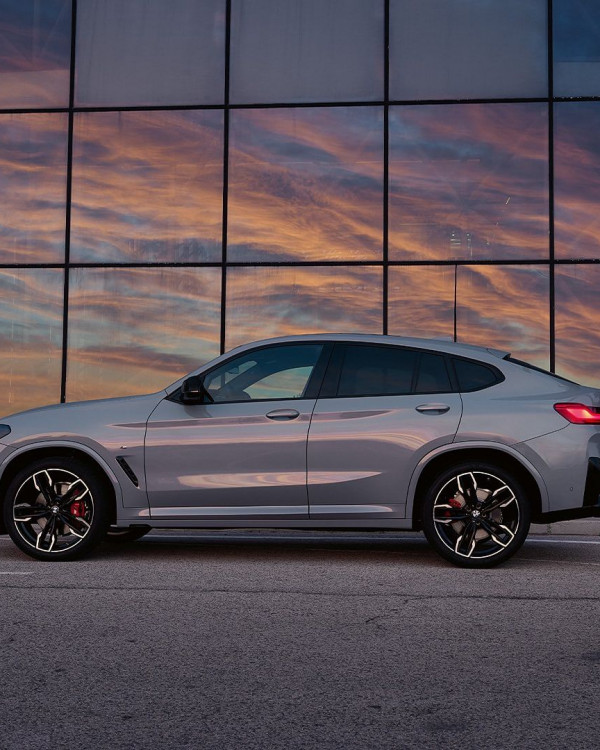
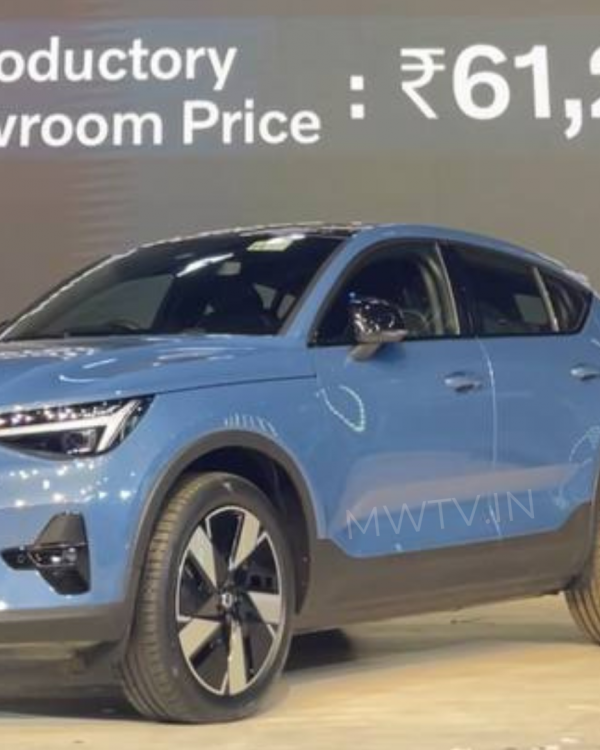
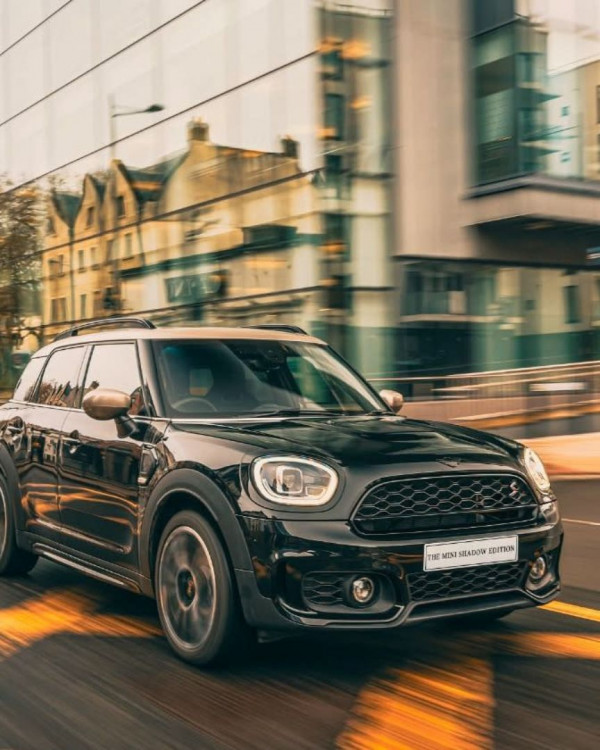
Your comment will be verified by admin before going live